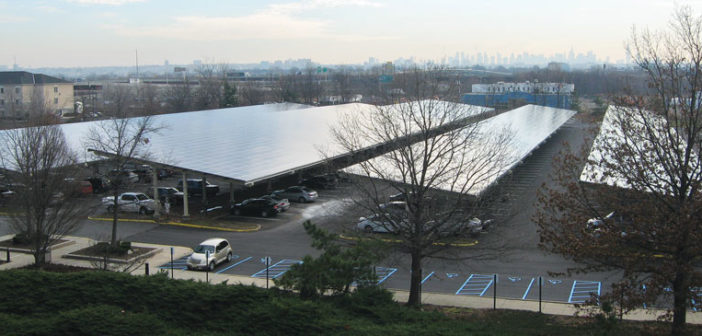WASHINGTON—PM Hotel Group has a comprehensive energy-management strategy that it implemented for a number of reasons.
“It is incredibly important to drive value for our owners,” said Christie Blomquist, director of facilities and sustainability initiatives. “It is a huge area of opportunity—not only the reduced costs, but also to help preserve the physical plant of the buildings, and then just doing the right thing for the environment as well.”
The company has an Energy & Sustainability Committee that meets monthly. “We look at energy-conservation measures holistically, always looking for measures that not only reduce consumption, but have other benefits either operationally (through reduced labor, etc.) or in extending the useful life of an asset,” Blomquist said.
PM Hotel Group has seen a great deal of energy savings through a partnership with Verdant. “Over the years, we have tried a few different smart service apps, which tend to not actually be so smart,” she said. “The worst thing is when you are in a hotel and you wake up in the middle of the night roasting because the occupancy detector failed to detect movement, so it turned off your air conditioning. That was one issue with some of the early systems we piloted.”
The management company piloted the Verdant VX thermostats under a full rebate at its Homewood Suites by Hilton Oakland-Waterfront through a PGE program and saw a 12.1% reduction in overall electrical usage.
The second property that used the thermostats—the Hilton Meadowlands in East Rutherford, NJ—had a 30% reduction in compressor run time. “We did another sample test at The Westin Wilmington, which had a 44% reduction in compressor run time,” said Blomquist. “Right there, you are saving money because you are reducing electricity usage. You are also extending the useful life of your HVAC equipment because the compressors aren’t running as long as they would be. They are not cycling on and off. The online system lets us remotely observe temperatures and compressor run time so we can proactively tackle any maintenance issues that may be happening in a room before a guest gets in there.”
The company now uses the technology in five of the properties it manages.
For the last eight years, the company has also enrolled and actively participated in Demand Response programs at all of its eligible hotels. This is a voluntary program where businesses agree to reduce electrical usage during periods of high power consumption on the grid or when the reliability of the grid is threatened (usually only four hours at a time). Participants are paid when they reduce consumption on these days.
“It usually takes place on the hottest days of the summer,” she said.
It is not a simple thing to do. “A hotel is a bit of a challenge because it is filled with paying guests, and they are paying to have the ballroom,” said Blomquist. “You can’t just turn the lights off on them because we want to make a little extra money… Some days, maybe we have a full house, and we can’t really reduce that much, but maybe on another day it works out well.”
The engineering staff is tasked with coming up with a curtailment plan. “When these events are called, they discuss with the GM what they are able to curtail based on the actual occupancy and business that is in the building that day,” she said. “Generally, the events are during the peak of the day, the hottest times, so they are usually during daylight, which is good because you can turn off lighting and take advantage of daylighting in the building. We will usually try to defer laundry operations. Sometimes, we will cut pool pumps and turn off any HVAC that we can. We are actually able to generate quite a few thousand dollars a year for each property just for turning some things off during a demand response period.”
This summer, PM Hotel Group implemented a Peak Load Contribution (PLC) Management Program across its portfolio, a first for the company. Beginning June 1st of every year, each building is assigned a PLC number by its utility, which is used to determine the “capacity” line item on its energy bill for the next 12 months. This number is based on the peak electricity usage of the building, which is calculated using five hours from the prior year with the highest system-wide demand, excluding holiday weekdays and weekends.
“All of our participating hotels receive a daily email detailing the likelihood of that day being one of the five peak days for this summer,” said Blomquist. “Based on that guidance, we coach the hotels to implement their curtailment strategies that they are already familiar with from Demand Response, to the extent possible given their occupancy and business levels. We never sacrifice guest satisfaction. By making small changes, we can materially lower our PLC tag and, therefore, our electricity prices for next year, creating real value for owners.”
In addition to these initiatives, two of the company’s hotels—the Hilton Meadowlands and the Hilton Baltimore BWI Airport—have solar arrays to help supply power. “Those two installations were in partnership with Distributed Sun,” she said. “They came to us, and it made financial sense and environmental sense. When it comes down to site selection with solar, it is really how the building is oriented and where you can fit the panels. Unfortunately, not every building is a good candidate. We don’t own the arrays, so we don’t get any of the tax benefits, but we pay a reduced rate for them. At the Meadowlands, sometimes it supplies up to 20% of our electricity for the building.” HB


